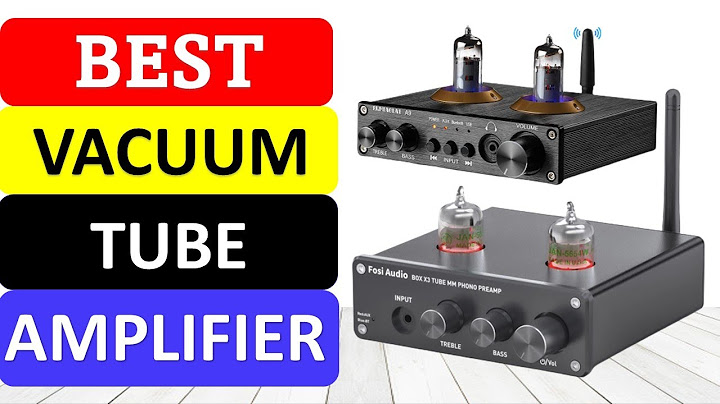In October 1981 Minolta released the magnificent 135mm f/2 MD lens. While the company had previously manufactured numerous different designs in the f/3.5 and f/2.8 apertures, this was the first f/2 version manufactured, and it was certainly a step apart from its predecessors. With a massive 72mm filter thread the lens looks like someone has taken a 200mm f/2.8 and squashed it down! At 725g it is actually even heavier than the 200mm f/2.8 (700g) and the 300mm f/4.5 (705g). That is a LOT of glass. Show
Looking through the viewfinder on this lens is an amazing experience. The compression achieved from the 135mm focal length is considerably greater than the 85mm, and the f/2 aperture results in incredible seperation from the background. This is without a doubt Minolta's premier choice for head and shoulder portraiture. The lens has the added bonus of a close minimum focus distance of 1.3 metres, shortest of all the Minolta 135mm lenses, enabling use of the lens in close quarters. While it does not get to macro range, it makes it very workable in the studio. The focus throw on the lens is extremely long, almost like a macro lens, which can result in slow transition from close focus to infinity, however the f/2 aperture and the long throw result in incredible focus accuracy. Given the 135mm f/2 MD was introduced only late in the Minolta manual focus era, and was an expensive lens, there are not many available today. The price in 1982 from B&H Photo (a major New York photography store and discounter) was US$276, almost three times the price of the f/2.8 version at US$102. With inflation, this price equates to approximately US$510 in today's money. I suppose that makes the 135mm f/2 a bargain at it's normal ebay sale price of between US$350-$400 for an example in good condition! Well perhaps it isn't a bargain, but let's have a look and see what you get for your money when you invest in a 135mm f/2 MD. The following tests were conducted with Fuji Astia 100F slide film. Astia is a very fine grained film (RMS Granularity 7) and can resolve up to 140 lpmm at contrast of 1000:1 to 60 lpmm at contrast of 1.6:1. Slides have been scanned at 5400 dpi with no ICE or GEM applied. The individual scans have had levels adjustment and moderate unsharp masking applied to the full-size scans (200, 0.3, 0). It is noted that each of these crops measures approximately 0.9mm on the original negative, which on an 8 x 10 inch enlargement would equate to approximately a third of an inch square (approximately 7mm square). In the middle of the period of production, Minolta has made a visible change in the design of this lens. I don’t know – is it enough to call it a “second version” or not but the changes are noticeable. Many thanks to for pointing this out, and many thanks to Andrea Aprà for this explanation: “It is true that the back can be “matte” or “flocking”. Unfortunately this part is hardly visible and I do not have a record of this component in my data. It is well known that “flocking” is much more efficient than simple matte covering. In the past (some of MD types) another type of painted material was used on plastic support which over time however has sometimes shown strong alterations of this paint with the appearance of white spots with a certain loss of effectiveness. As part of the initial question, I think you are wondering from which serial number they pass (we are always and only talking about MD III) from a matte structure to a “flocking” one. Unfortunately, I have no record of this possible border serial number. From what I see in the photo of Tony at the beginning, I would say that it is of the “matte” type and not “flocking”. In Ad Dieleman ‘s picture, the type is flocking (serial 8020374). Probably the change was before this serial but I don’t know where. I have estimated the production of this MD III model at around 40,000 pieces.” Minolta MD 135mm 1:2.8 exteriorMinolta MD 135mm 1:2.8 mounted on Minolta X-700This is a very suitable set – the camera and lens have the same design (1981 released) Minolta MD 135mm 1:2.8 sharpnessСlose-distance resolution test, minimal distanceTesting methods description
 Scene preview Test results (selected version, easy to compare – 4 positions) Test results (full version – all 9 positions) Long-distance resolution testTesting methods description
Scene preview Test results Minolta MD 135mm 1:2.8 aberrationsVignetting Geometric distortion Coma aberrations Chromatic aberrations Short-distance bokehTest conditions: lens was focused on minimal distance 1.5m, plants are in 5m distance from the camera  Long-distance bokehTest conditions: the lens was focused on half distance on the scale (2.5m), buildings are on “infinity”-distance  Light bubbles bokehTest conditions: lens was focused on minimal distance + 10% of scale (about 1.7m), diodes were fixed in 5m distance  Minolta MD 135mm 1:2.8 (or Minolta MD 135mm F/2.8, New-MD, MD III design) – overall conclusion It seems that all the 135mm F2.8 lenses from 1980x made by top manufacturers are the same and very good at least or outstanding very often. This Minolta isn’t an exception – it also has nice fire resistance, sharpness, and “honey” drawing. It is a nice lens for landscapes with a deep perspective and for portraits of course. This MD III reviewed version and previous one MD II have an important advantage – really lightweight for 135mm focal distance because older designs have 400+ gr. The build-in lens-shade also gives a few positive points. ‘Creamy’ bokeh works well in any conditions. Some aberrations are presented of course, but nothing serious for so fast long lens. This is the sharpest 128mm Minolta lens, and it has a chance to be the sharpest manual 135mm 1:2.8 lens among other competitors – Minolta was able to produce such an optic. One more note – it’s a very cheap lens, absolutely underrated. So, if you don’t interested in a rare, heavy, and expensive MD 135mm F2.0 – get 135/2.8 with no doubt – this is better in all aspects, except the presence of F2 of course. The amazing portrait lens. Is Minolta AF the same as Sony A?A-mount lens bayonet was first introduced by Minolta in 1985 for their first generations AF SLR (film) cameras and is used today with ALL Sony A-mount (Alpha) cameras. Minolta used 3 different names for their AF SLR cameras in various part of the world. Maxxum, Dynax and Alpha (in Japan). How much does a Minolta 135mm f2 8 weight?Minolta AF 135mm F2. 8. |




















